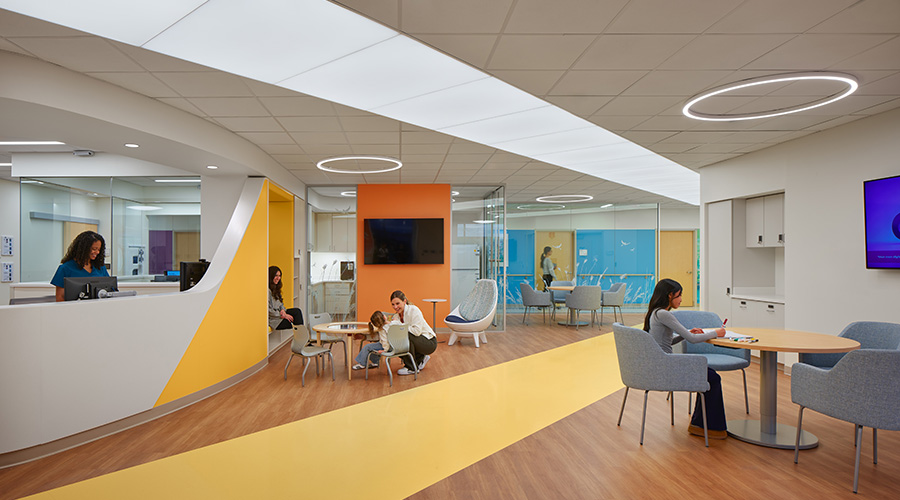Midmark Corporation's line of Care Exchange Workstations includes new wall-mounted and AC-powered options.
Wall-mounted Care Exchange Workstations provide the form and function of mobile units in a space-saving design for healthcare environments where a mobile technology platform is not an option. They offer adjustable height monitors and keyboards in a variety of configurations. The keyboard tray can be designed to rotate up and out of the way or come toward the user an additional four inches for improved use and ergonomics.
The AC-powered Care Exchange Workstations have a 12-hour battery life. Two battery options are available: sealed lead acid (SLA) battery or a lithium ion phosphate (LiFe) battery. The workstation features a compact base design for ease of maneuverability.
The workstations allow caregivers to work how they are most comfortable, whether seated, standing, mobile or stationary. Workstations adjust in height while tilt and rotation allow caregivers to maintain a proper working position without sacrificing eye contact with the patient.
For more information, visit www.midmark.com.

Healthcare provider workstations available in wall-mount and AC-powered models
Midmark Corporation's line of Care Exchange Workstations includes new wall mounted and AC powered options.
By Healthcare Facilities Today
April 5, 2013
Topic Area: Product News
Recent Posts
 Contaminants Under Foot: A Closer Look at Patient Room Floors
Contaminants Under Foot: A Closer Look at Patient Room Floors
So-called dust bunnies on hospital room floors contain dust particles that turn out to be the major source of the bacteria humans breathe.
 Power Outages Largely Driven by Extreme Weather Events
Power Outages Largely Driven by Extreme Weather Events
Almost half of power outages in the United States were caused by extreme weather events.
 Code Compliance Isn't Enough for Healthcare Resilience
Code Compliance Isn't Enough for Healthcare Resilience
Intensifying climate risks are pushing hospitals to think beyond code requirements and toward long-term resilience.
 Ribbon Cutting Marks First Phase Completion for New Montefiore Einstein Facility
Ribbon Cutting Marks First Phase Completion for New Montefiore Einstein Facility
The second phase is expected to be completed in the second half of 2027.
 Nemours Children's Health Opens New Moseley Foundation Institute Hospital
Nemours Children's Health Opens New Moseley Foundation Institute Hospital